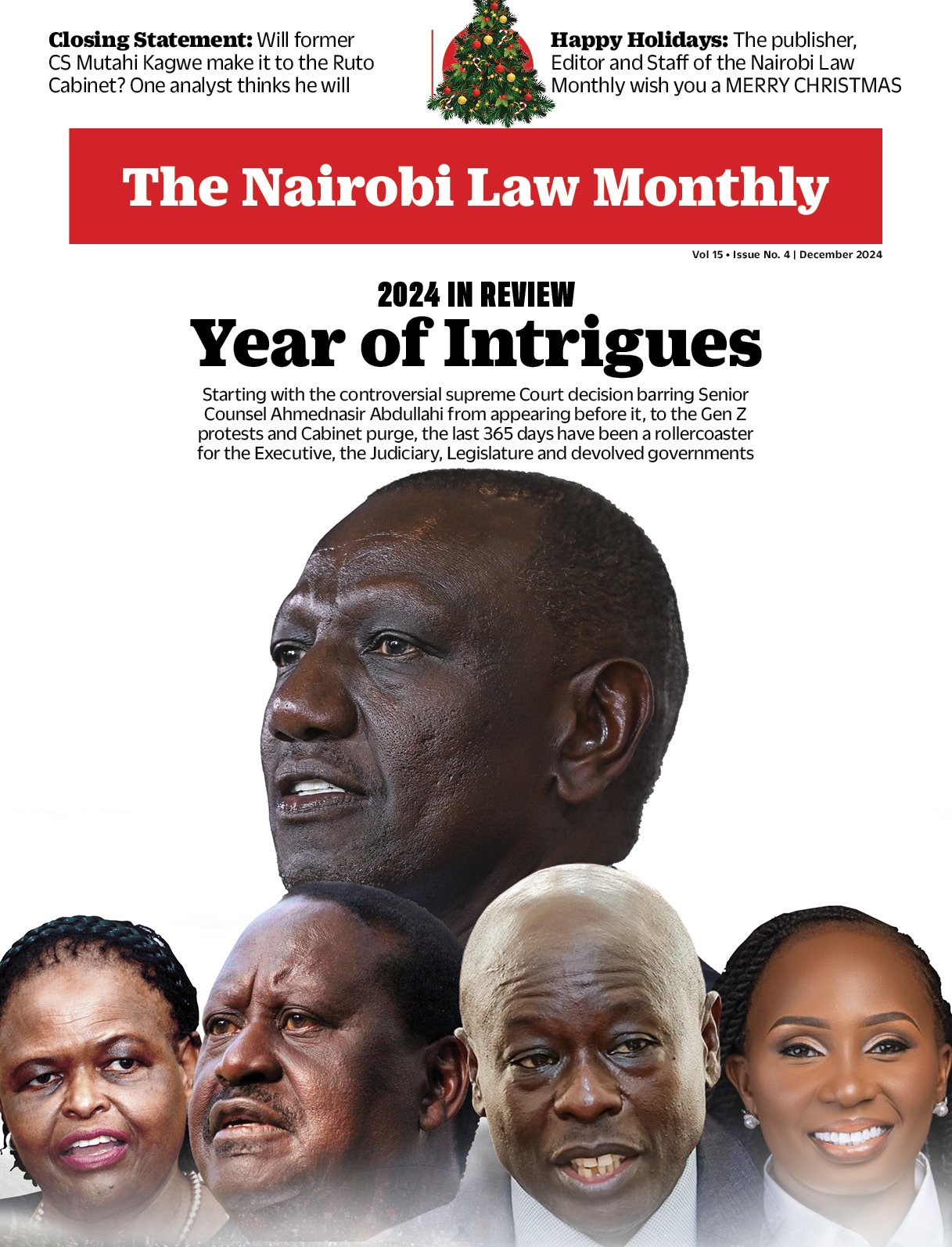Boniface Orucho
Apart from the deep vein of history, both social and political, connecting Africa and the Middle East, current developments show two regions committed to exploring economic collaboration that could see Africa actualizing its green energy goals.
South Africa and the Kingdom of Saudi Arabia recently signed a virtual framework agreement to develop a $10 billion green hydrogen plant in South Africa through leading Saudi developer ACWA Power.
ACWA Power is already actively involved in multiple renewable energy projects in the country through the implementation of the Renewable Energy Independent Power Producer Procurement Program, REIPPPP, that the government is banking on to solve its energy gaps besides leading the transition to renewable energy.
Senegal also signed an MOU with ACWA power in September to implement the first desalination project in the country and the largest in sub-Saharan Africa. ACWA Power will oversee the development of a 300,000 m3/d seawater reverse osmosis plant in Grande Côte, 40 kilometres from Dakar.
Further, Senegal is working with ACAWA to activate a Gas-to-Power strategy with an additional 160MW of power set to be added to the country’s national grid. This is after the National Electricity Company of Senegal struck another deal with ACWA Power to develop a combined cycle gas-turbine plant in Cap des Biches.
Senegal’s Gas-to-Power strategy seeks to downsize the country’s overdependence on oil and coal through gas investment incentives and investor lobby programs.
In Tanzania, the government entered into a joint venture with United Arab Emirates-based firm Masdar, to generate solar and wind power projects in the country. The agreement signed in August targets 2,000MW of electricity from renewable sources by 2024.
Neighbouring Zanzibar also recently signed three agreements with Oman worth over US$500 million to boost business and education.
There are similar developments afoot in the Central African Republic. The Saudi Fund for Development on October 13 agreed to undertake a
project to light up a network of roads across Bangui spanning 70 km, using solar energy. The fund will facilitate the “supply and installation of lighting poles and solar panels, supply of storage batteries, controllers and lighting lamps.”
Farther north, a prominent deal was struck in August between Al Fanar, a green hydrogen plant developer in Saudi Arabia, and the Egyptian government.
The mega deal, valued at US$3.5 billion, targets a green hydrogen project that will be directed to the generation of green ammonia used in agricultural fertilizer production.
The agreement with Egypt’s General Authority of the Suez Canal Economic Zone (SCZone), the Egyptian Electricity Transmission Company (EETC), and the New and Renewable Energy Authority (NREA) will facilitate the production of 100,000 tons of green hydrogen that will be used to produce 500,000 tons of green ammonia annually.
Morocco, too, seeks to extend its already established renewable energy presence by leveraging on the successful economic partnerships with the Gulf States. Morocco is the biggest developer of green energy projects in the region, according to figures provided by the Clean Energy Business Council.
According to renewable energy sector analysts, there is a general surge in renewable energy investments in Africa because of Africa’s potential in this sector. They say that the source of the funds is less important than what the investments represent.
“The source of the investments does not matter as much as the impact does,” said James Muchiri, a Nairobi-based Africa energy markets researcher.
“A few years ago, there was scanty information on the potential of Africa’s renewable energy sector, but studies have continued to elevate the continent as a high-potential renewable energy investment space,” Muchiri said.
Since investors rely on studies to gauge and make investment decisions, they have been compelled to take their investments where the data leads them.
“Power needs across the continent have also prompted the decentralisation of energy management in many countries, which has allowed private investors to develop self-managed mini-grids,” he added.
A confluence of these factors, alongside plummeting hardware costs for renewable energy products and accessories and renewable energy investment agreements with innovative financing models, will “have immense benefits for the continent, both short term and long term.”
“Individual countries will be able to meet their transition goals besides increasing power into their national and regional grids,” he explained.
Muchiri believes individual countries need to rework their distribution networks to truly benefit from new green power projects.
“Much of the woes in the energy sector in Africa are internal and at the distribution level; unless there is a way of taming existing challenges even with the available power, it might not make much difference.”
“Also, deals are deals unless there is a genuine commitment to make them have a practical impact. But, overall, it shows how the continent is looking beyond Europe for development partnerships, especially in renewable energy,” Muchiri said. (Bird Story Agency)



